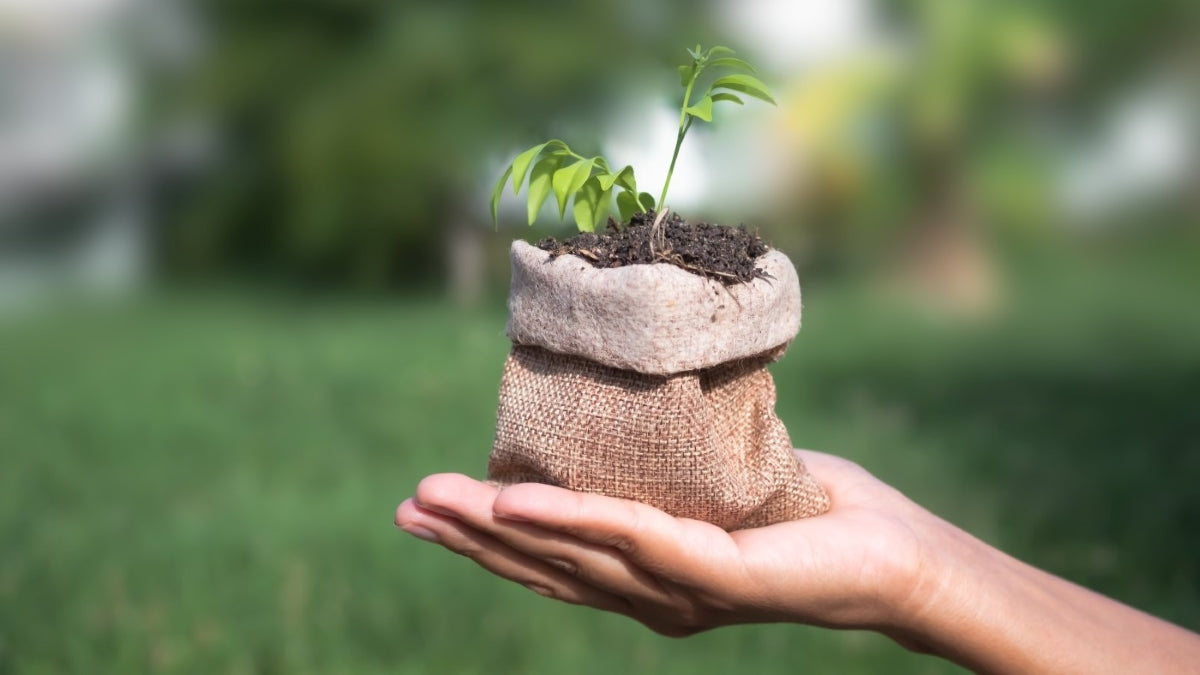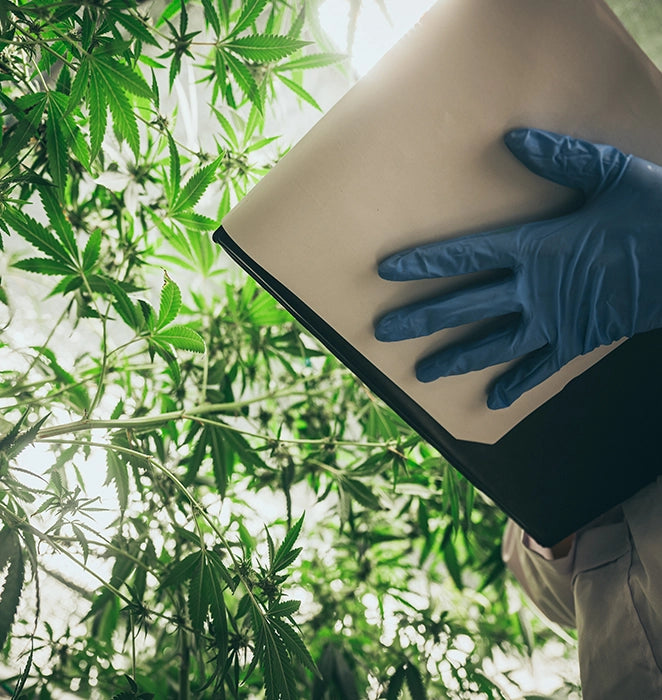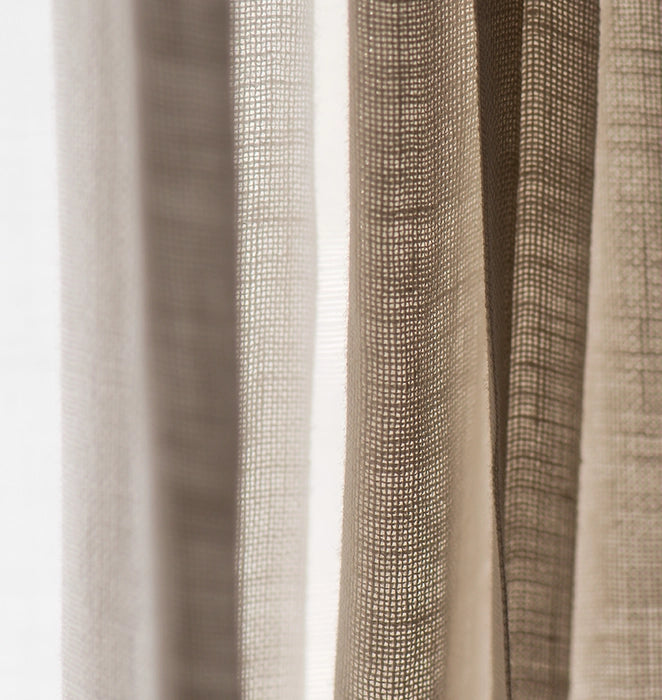HEMP
The style of the strongest fabric made in nature


Hemp fabric is a carbon negative natural material obtained from the fibres of the stalk of the Cannabis Sativa plant family.
This crop has been cultivated for more than 10,000 years and has been an integral part of the human agricultural endeavours since the dawn of civilization. Apart from its fibres being spun into fabric, this entire versatile plant can be processed for pulp, wax, resins, seeds, oil, paper and food products. Due to lax labour laws and unclear environmental legislations, the commercial cultivation of hemp was unjustly tied to promotion of THC compounds and was banned or de-commercialized.
However, recent efforts to raise awareness about the innumerable benefits of mainstream cultivation of industrial hemp, has rightly sparked a modern renaissance in its production.
Hemp plant can grow in almost all soil conditions, endures adverse climates and proves to be a farmer’s friend due it’s faster growth cycle and high-yielding capacities.
It limits topsoil erosion and its resultant water pollution, while its roots supply nitrogen and other nutrients to the soil. As compared to cotton, it requires 1/20th of its water consumption to grow and half of the land area.
Hemp is also intrinsically resistant to pests and weed growth, so no chemical treatment is required to grow this plant.




